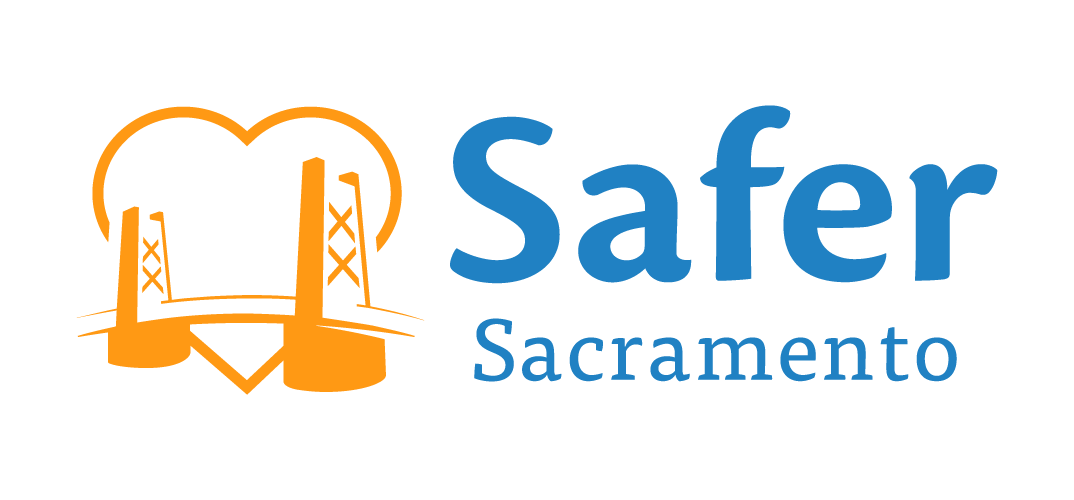What Are Nitazenes?
Source: DEA
Nitazines are potent synthetic opioids that are increasingly found in illicit drug markets and as of 2021, most are classified as Schedule I substances. They are an example of new psychoactive substances that, according to the National Institute on Drug Abuse, a branch of the NIH, is “a term used to describe lab-made compounds created to skirt existing drug laws.” Nitazenes activate opioid receptors in the brain much like other opioids like morphine, oxycodone, and heroin. They are emerging on the illegal drug scene, causing concern because of their extreme potency and increasing links to cases of overdose deaths in North America and Europe. (1)
Common Street Names: “Iso,” “Tony”
History of Nitazenes
Source: DEA
Developed in the 1950s by a Swiss commercial pharmaceutical company as a potential pain reliever, nitazenes can be up to approximately 1,000 times more potent than morphine. Although nitazenes were never approved for use in the legal drug market, the “recipes” were recorded in medical literature, allowing today’s illicit drug manufacturers to produce drugs in the nitazene family. As a result, isotonitazene first emerged in 2019 mixed with other street drugs such as heroin, fentanyl, benzodiazepines (such as Xanax or Valium), and cocaine. In its annual report, in January 2024, the DEA noted nitazenes, along with xylazine, as “emerging threats” with lab reports increasingly showing the presence of etonitazene, isotonitazene, clonitazene, and other nitazene analogues. (2)
Dangers of Nitazenes
Nitazenes are most often sold as a white powder or in tablet form. Nitazine's potency significantly surpasses that of many other opioids, including fentanyl, making it extremely hazardous. Even small amounts can cause severe respiratory depression, overdose, and death. Nitazenes can be hundreds of times more potent than heroin.
Relative Potency of Nitazenes
Source: The Lancet
Much like fentanyl, widespread polysubstance use highlights concerns that the presence of nitazine in street drugs increases the risk of accidental poisoning and overdose for people who may be unaware of nitazene in what they are consuming. Drug traffickers and dealers don’t readily disclose when they lace substances with other drugs to increase potency, dependency, and profit. This deception puts individuals using drugs at increased risk and complicates providing treatment since first responders and emergency clinicians often do not know the substances an individual has taken. Even though nitazene is classified as an opioid like fentanyl, fentanyl test strips do not detect nitazenes. (2)
Due to its high potency, signs of nitazene overdose can appear quickly and may be more severe than other opioid overdoses.
Signs and Symptoms of Nitazene Poisoning or Overdose
Extreme drowsiness or inability to wake up
Slow or no breathing
Limp body
Pale, clammy skin
Blue or purple lips or fingernails
Toxic brain injury
Due to its high potency, signs of nitazine overdose can appear quickly and may be more severe than other opioid overdoses. Key symptoms include:
If you suspect someone is experiencing an overdose, call 911 immediately.
Administer naloxone (Narcan) if available, and perform rescue breathing or CPR, as instructed by emergency dispatch until help arrives. Because of nitazene’s potency, multiple doses of naloxone may be necessary. (3)
(1) Drug Enforcement Agency (DEA). (2024, January). Benzimidazole-opioids other name: Nitazenes. https://www.deadiversion.usdoj.gov/drug_chem_info/benzimidazole-opioids.pdf
(2) Pergolizzi, J, Raffa, R., LeQuang, J. A. K., Breve, F., & Varrassi, G. (June, 2023). Old drugs and new challenges: A narrative review of nitazenes. Cureus. 15(6):e40736. doi: 10.7759/cureus.40736. PMID: 37485167; PMCID: PMC10361140.
(3) U.S. Department of Health and Human Services. (2024, April 25). Emerging drug trends. National Institutes of Health. https://nida.nih.gov/research-topics/emerging-drug-trends#new


